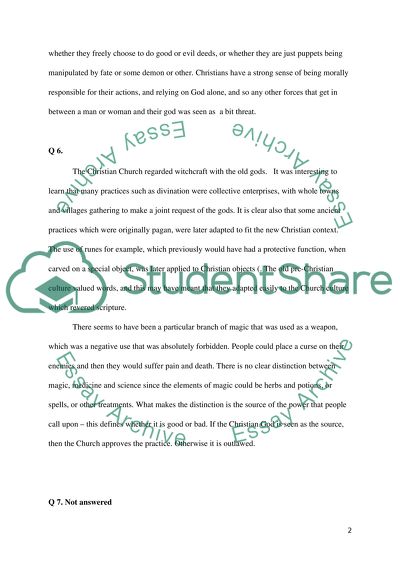Cite this document
(“Middle Ages Relogion and Theology Essay Example | Topics and Well Written Essays - 1500 words”, n.d.)
Retrieved from https://studentshare.org/religion-and-theology/1452482-mid-ages
Retrieved from https://studentshare.org/religion-and-theology/1452482-mid-ages
(Middle Ages Relogion and Theology Essay Example | Topics and Well Written Essays - 1500 Words)
https://studentshare.org/religion-and-theology/1452482-mid-ages.
https://studentshare.org/religion-and-theology/1452482-mid-ages.
“Middle Ages Relogion and Theology Essay Example | Topics and Well Written Essays - 1500 Words”, n.d. https://studentshare.org/religion-and-theology/1452482-mid-ages.


